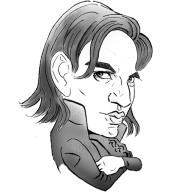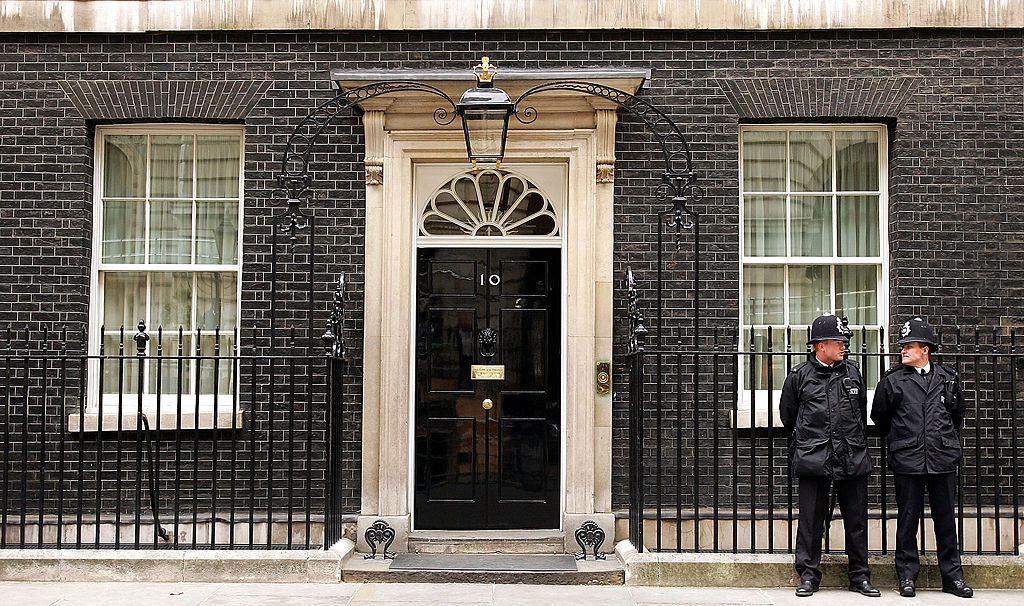Yesterday, London Mayor Sadiq Khan announced that he was forming a new commission to investigate the landmarks, street names and statues of the capital, to see if they should be knocked down or renamed because of their racist past or links to the slave trade. The announcement came after a statue of the slave trader Edward Colston was pulled down in Bristol by Black Lives Matter protestors this weekend.
Khan’s ‘Commission for Diversity in the Public Realm’ will examine various sites across London to see if they reflect the diversity of its population, and the mayor has indicated that it is not appropriate for certain figures to be memorialised in future. Already, the Commission has gained its first statue scalp, after a likeness of the slaveholder Robert Milligan was removed from outside the Museum of London Docklands.
Mr Steerpike yesterday suggested at least one statue that could be pulled down by Khan – the figure of Millicent Fawcett in Parliament Square which he unveiled in 2018. But, if we are going to be really thorough, Mr S wondered if a wider selection of London’s landmarks should be examined for their immoral links.
To aid the Commission, Mr S has therefore begun to compile a list of landmarks that should be first for the chop. Readers are invited to add their own suggestions in the comment section.
London’s landmarks
Downing Street, named after George Downing, who defended from first-hand experience the economics of West-Indian slavery.
Buckingham Palace, built by John Sheffield, Duke of Buckingham and Normanby, and his third wife Catherine Darnley, an illegitimate daughter of James II, a prominent Briton who was the founding governor and largest shareholder of the Royal African Company.
Fitzrovia, this well-heeled district of London celebrates the offspring of Charles II, a prominent Briton of the 17th century and a major investor in his brother’s Royal African Company.
Westminster, this may be a popular London landmark, but it was nevertheless founded by William the Conqueror. Although the Normans gradually reduced slavery in England, the Domesday Book of 1086 reveals that, at the end of his rule, William still presided over a populace where more than one in ten were slaves.
Tower of London, the first stone castle in Britain was erected by the same William. Although for most of its existence it carried out the peaceful business of incarcerating and executing previously free citizens, its origins remain tied to an oppressive, slave-supporting monarch.
Oliver Cromwell, the prominent statue in Parliament Square stands in stark contrast with Cromwell’s expansion of the Irish slave trade.
The British Museum, founded on the basis of the collection of Hans Sloane, who worked as a doctor on a Jamaican plantation before marrying a Jamaican heiress.
Bank of England, the bank has a long and troubled involvement with the slave trade, especially the Society of West Indian Merchants.
Trafalgar Square, is linked to the Trafalgar headland in Spain that saw, and did not obstruct, many slave ships travelling past it to Cadiz, a major port in the trans-Atlantic slave trade.
King’s Place (premises of the Guardian) and King’s Cross, commemorates statue to King George IV, a prominent Briton who continued to oversee slavery in the plantations of the West Indies.
Victoria (region, train station, and underground line), Queen Victoria presided over India, where slavery was not formally outlawed until 1843. Although she formally oversaw that process, her inactivity prior to that speaks volumes.
Queen’s Park Rangers, the name of this football club ultimately commemorates the same Victoria.
Victoria and Albert Museum, named after the imperialist Queen Victoria and her husband, Albert.
Crystal Palace FC, commemorates her husband’s expensive Exhibition of 1851, very probably funded indirectly by the slave trade.
Nelson’s column, celebrates Lord Nelson, who opposed the abolition of the slave trade.
William Gladstone, the four-time prime minister may have opposed the slave trade, but his father was a major plantation owner in Jamaica and was compensated by the government after abolition. His statue on the Strand must no longer stand.
Achilles Statue, Hyde Park, this Greek ‘hero’ caused countless deaths in the Trojan War by taking umbrage at having to give up his captive slave Briseis.
Monument, although this huge column primarily commemorates the loss of 70,000 people’s homes to the Great Fire of London, its pedestal memorialises several controversial supporters. It records the names of Sir Richard Ford and Sir Robert Viner, both Mayors of London, but both active supporters of the slave trade. More shockingly, the sculpture on its west face depicts Charles II and his problematic brother.
Cleopatra’s Needle, this obelisk casts a shadow over the Embankment. Not only was it built by Thutmose III, a slave-owning pharaoh of Egypt, but it was donated to Britain by Muhammad Ali Pasha, ruler of Egypt and Sudan, who enslaved and traded captives throughout his problematic reign.
London, England’s capital city bears all the hallmarks of its problematic origins. Londinium was the name the slave-owning Romans gave to their new city, founded as a major base for their invasion and subsequent oppression of native Britons. Boudica, Queen of the Iceni and keen opponent of slavery, did good work by burning the city to the ground in AD 60, but the Romans had the arrogance to rebuild. Should the capital therefore be renamed?







Comments